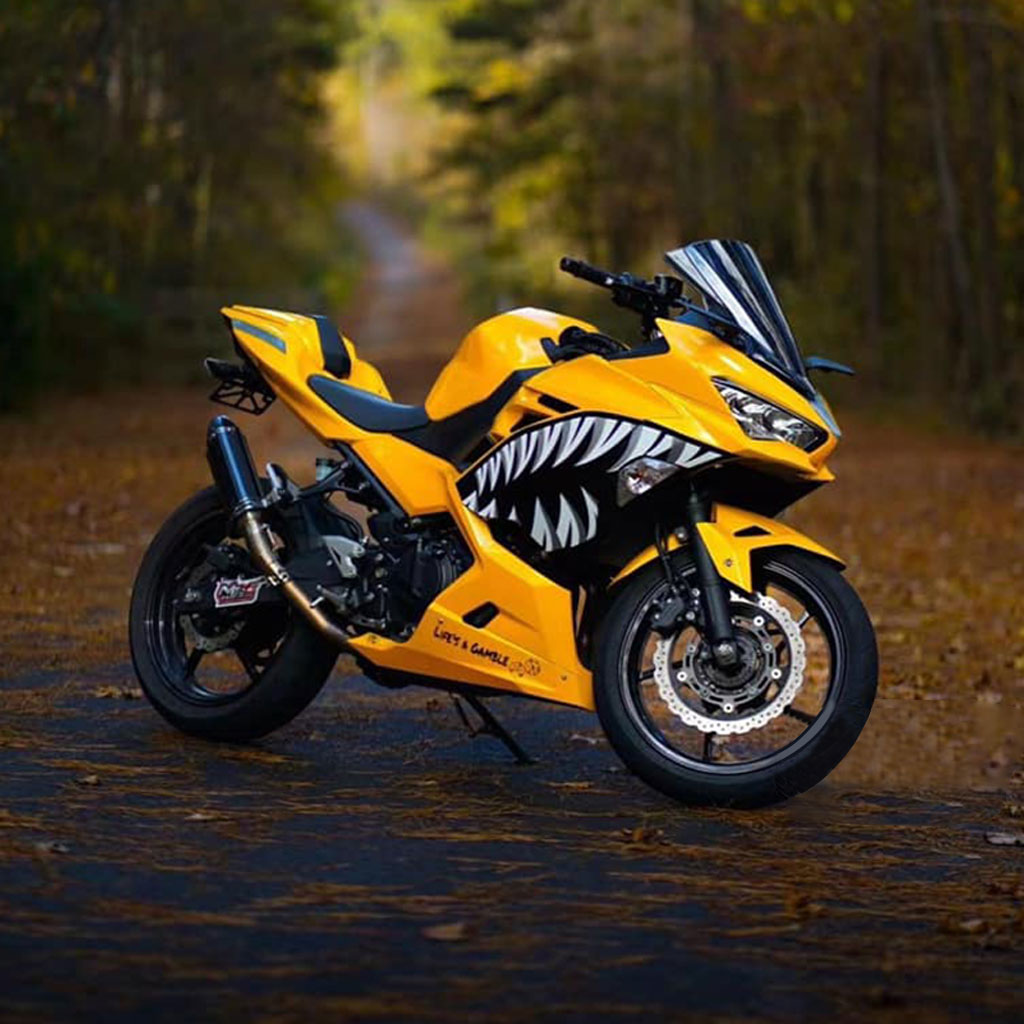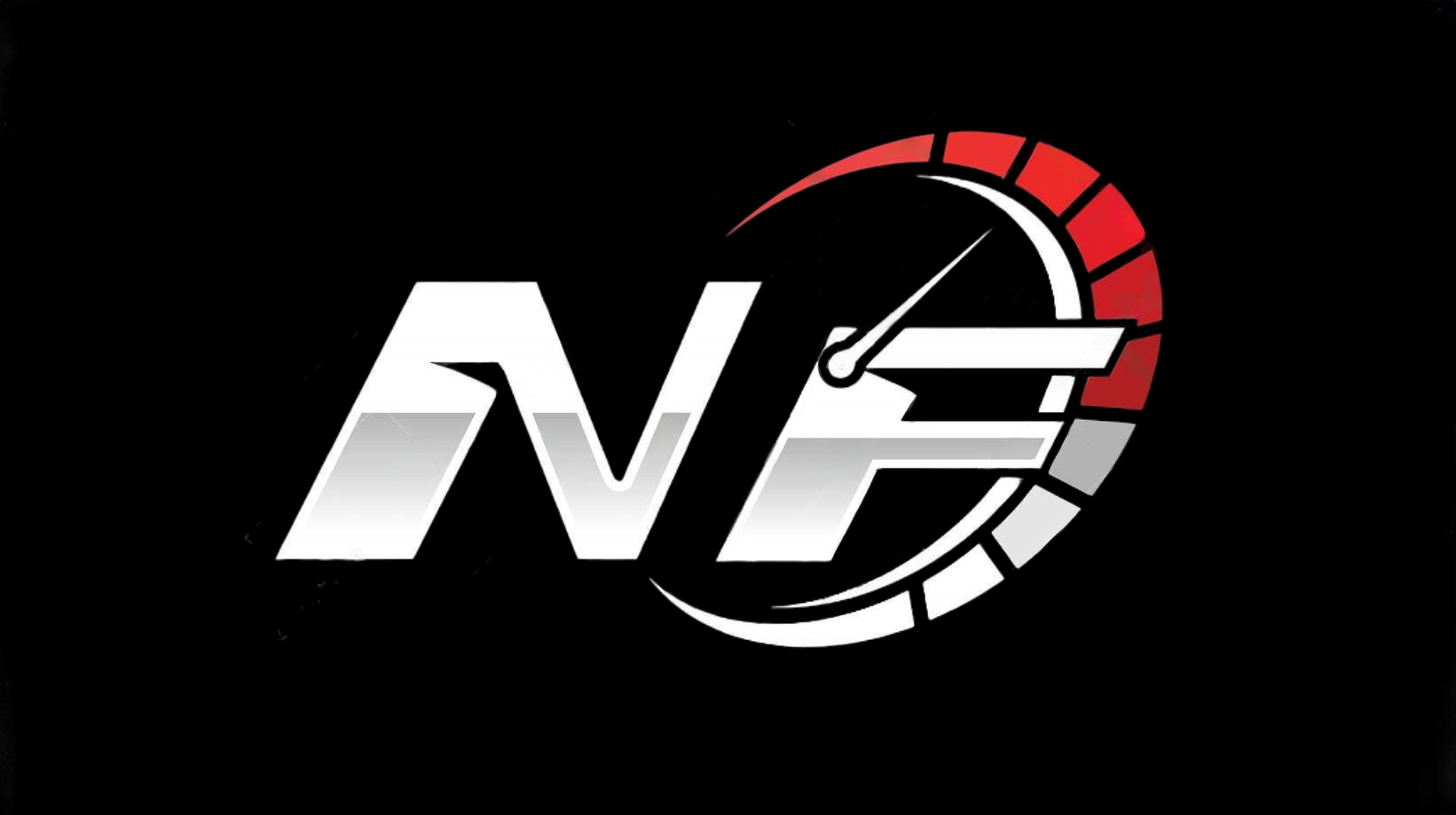Rumors swirl around the 2025 GSXR 600 and the lasting impact of the 06 model
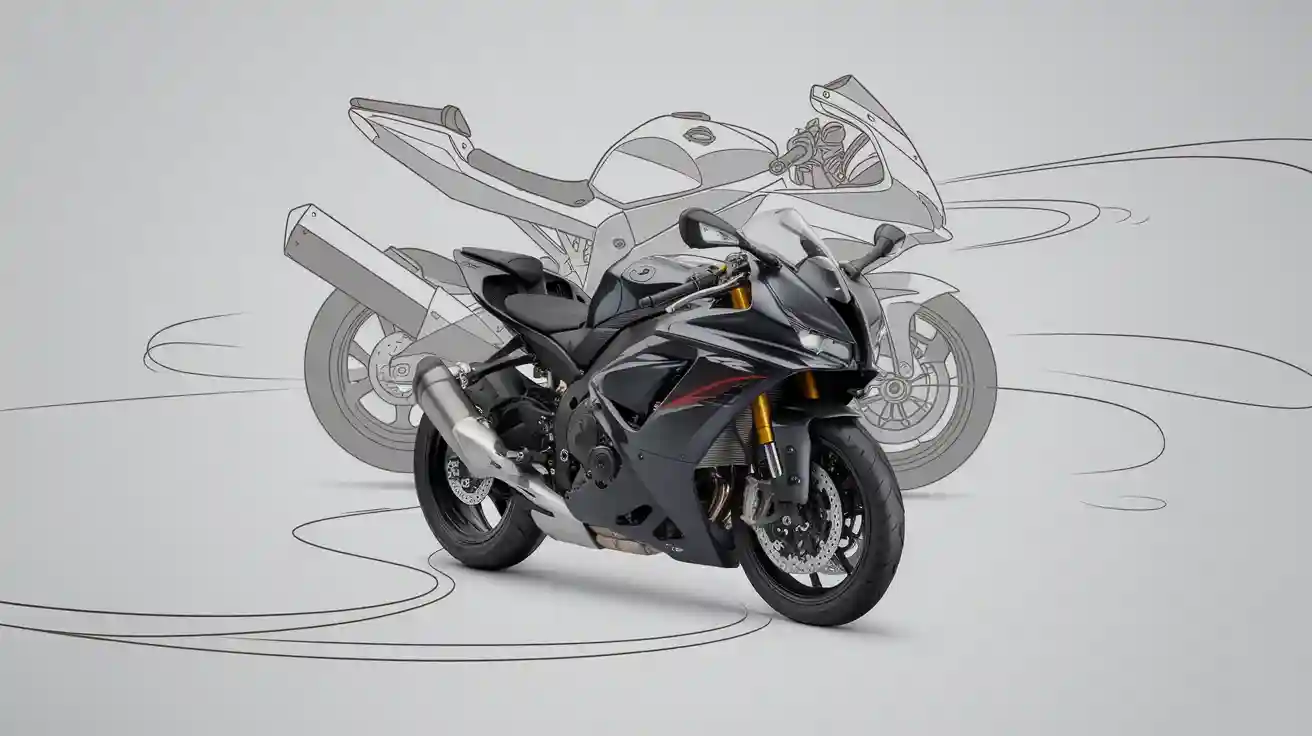
Rumors about the 2025 gsxr 600 suggest a return to aggressive styling and a focus on advanced rider aids. Enthusiasts expect Suzuki to leverage its GSX lineage, especially the impact of the 2006 GSX-R600, which continues to shape design and technology choices. The steady auction prices for the 2006 model highlight its strong demand and influence.
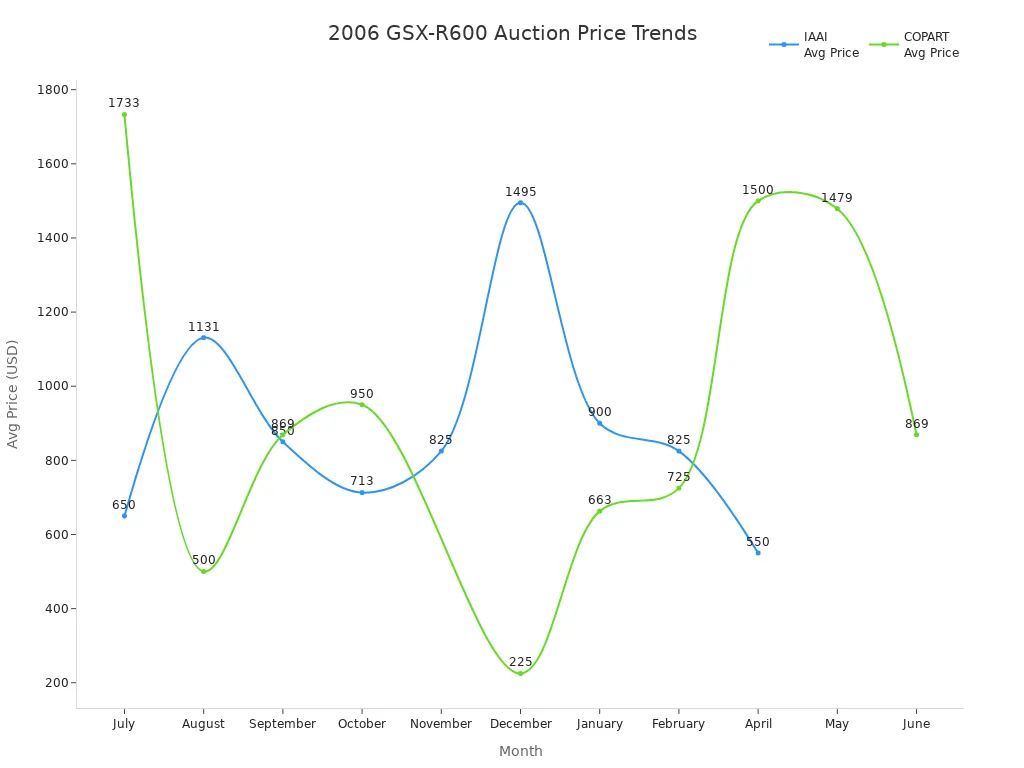
The GSX series, launched in 1980, paved the way for innovations seen in the 2025 gsxr 600, reflecting a legacy that still drives progress.
2025 GSXR 600 in the Current Supersport Market
Suzuki’s Position Among Supersport Brands
Suzuki holds a strong place in the global motorcycle industry. The company ranks 7th in global sales for Q1 2025, with 507,510 units sold and a 2.7% growth rate. Suzuki’s revenue reached about $2.5 billion in 2024. The brand focuses on motorcycles with engine sizes of 150cc and above, which includes the 600cc supersport class. Suzuki has seen growth in important markets like Japan and Europe, even as global production faces some challenges. The company remains committed to the supersport and sportsbike segments. Suzuki also invests in motorcycle racing, which helps improve its high-performance models.
| Brand | Global Sales (Q1 2025) | Sales Growth (%) | Position Among Leading Brands |
|---|---|---|---|
| Suzuki | 507,510 units | +2.7% | 7th place |
| Royal Enfield | 273,002 units | +22.8% | Behind Suzuki |
| Honda | Not specified | N/A | Ahead of Suzuki |
| Yamaha | Not specified | N/A | Ahead of Suzuki |
| TVS Motor | Not specified | N/A | Ahead of Suzuki |
Note: Suzuki’s active role in racing since 2015 has helped the brand stay relevant in the high-performance market.
Key Competitors and Market Trends
The 2025 gsxr 600 faces tough competition in the middleweight sportbike segment. Key rivals include the Kawasaki Ninja ZX-6R and the Honda CBR600RR. The Yamaha YZF-R6, once a major competitor, now appears only in the used market. The table below shows the main competitors and their prices:
| Competitor Model | Status/Notes | Price (USD) |
|---|---|---|
| Kawasaki Ninja ZX-6R | Current competitor | $11,399 |
| Honda CBR600RR | Current competitor | $12,199 |
| Yamaha YZF-R6 | Discontinued, used market | N/A |
The supersport market is changing. Riders now want bikes that balance comfort and performance, not just track speed. Ducati and Yamaha lead this trend with models like the Panigale V2 and YZF-R9. These bikes offer advanced electronics and better ergonomics. The Suzuki GSX-R750 still sets the standard for a classic sportbike experience. The 2025 gsxr 600 stands out as one of the last true inline-four supersport motorcycles. Its strong handling and reliable components make it popular for both street and track use. This shift in the market shows a move toward more versatile and rider-friendly middleweight sportbikes.
2025 GSXR 600: Latest Rumors and Expected Features
Engine and Performance Updates
Suzuki plans to keep the heart of the 2025 gsxr 600 true to its racing roots. Enthusiasts expect the engine to remain a high-revving inline-four, delivering sharp throttle response and strong midrange power. Many riders hope for updates that improve fuel efficiency and emissions without sacrificing performance. Some rumors suggest Suzuki may introduce ride-by-wire throttle control. This technology could allow for selectable riding modes and smoother power delivery. Quick-shifter capability may also appear as a standard feature, making gear changes faster and more precise. The fully faired sporting line-up from Suzuki often sets the benchmark for reliability and durability, and the 2025 model looks to continue this tradition.
Note: Riders anticipate that Suzuki will focus on refining the engine for both street and track use, balancing power with everyday usability.
Chassis, Suspension, and Handling
Suzuki continues to use a twin-spar aluminum frame for the 2025 gsxr 600. This frame design connects the steering head to the swingarm pivot, balancing light weight with strength. The suspension setup features a single Showa rear shock absorber. Riders can adjust rebound and compression damping, as well as ride height. Handling remains precise and responsive, supported by refined suspension and strong brakes. There are no confirmed updates or major rumors about changes to the chassis, suspension, or handling for this model year. Suzuki maintains the proven formula that has made the gsxr 600 a favorite among sportbike enthusiasts.
Design, Styling, and Paint Schemes
The 2025 gsxr 600 is expected to showcase bold new graphics and aggressive bodywork. Suzuki may draw inspiration from its MotoGP machines, with sharper lines and aerodynamic fairings. LED lighting will likely feature in the headlight and taillight assemblies, giving the bike a modern look. Paint schemes could include classic Suzuki blue and white, as well as limited-edition colors to celebrate the model’s legacy. Riders expect the cockpit to offer a digital display with clear, easy-to-read information. The overall design will aim to attract both new riders and long-time fans of the gsxr series.
Industry Trends and the Return of the GSX-R
Emissions, Regulations, and Market Pressures
Motorcycle manufacturers face strict emissions standards and growing environmental expectations. Suzuki responds by testing sustainable fuels and materials in endurance races such as the Suzuka 8 Hours. This approach shows a commitment to greener technologies and aligns with future regulations. Many riders now look for motorcycles that balance performance with environmental responsibility. Market pressures also push brands to update their lineups and offer models that meet both regulatory and consumer demands.
Rider Technology and Safety Innovations
The supersport segment continues to evolve with new rider aids and safety features. Manufacturers introduce advanced electronics, including traction control, ride-by-wire throttles, and selectable riding modes. These systems help riders manage power and improve safety on both street and track. Suzuki uses its racing programs as real-world testbeds for these innovations. The company brings MotoGP-derived electronics and aerodynamics to production models, strengthening the link between racing and road bikes.
The return of the gsx-r reflects a broader industry trend: brands refresh their flagship models to unify their global presence and boost their engineering reputation.
Lightweight Materials and Aerodynamic Advances
The 2025 GSX-R600 features slim, lightweight bodywork shaped by racing experience. Engineers use a twin-spar aluminum frame to achieve a balance of strength and reduced weight. Aerodynamic efficiency improves with integrated front turn signals in the mirrors and a streamlined tail section. These design choices help the motorcycle perform well at high speeds. While the 2025 model does not introduce new material technologies, it continues to apply proven race-inspired principles for both weight savings and aerodynamic gains.
The 2006 GSX-R600: Setting the Benchmark
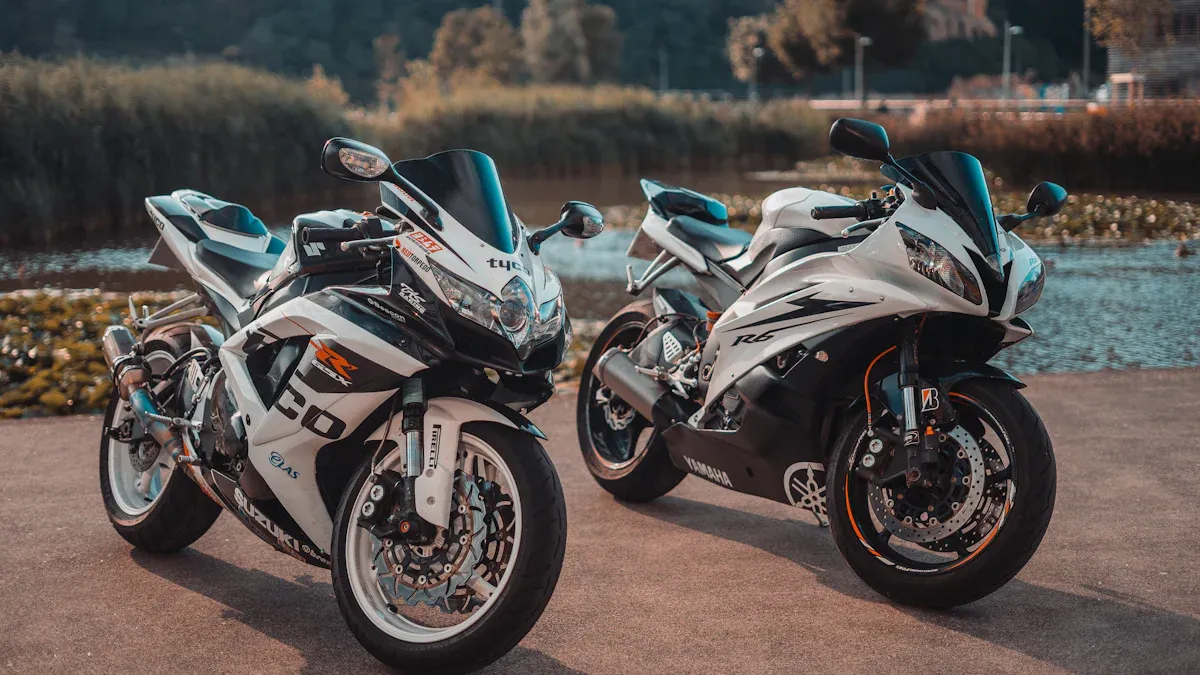
Design and Engineering Innovations
The 2006 GSX-R600 introduced a wave of technical advancements that set new standards in the supersport class. Suzuki engineers focused on making the bike lighter, more compact, and more responsive. They reduced the engine’s height by 20 mm, length by 54 mm, and width by 16 mm, creating a smaller and more efficient powerplant. The engine featured larger titanium valves, twin injectors per cylinder, and wider ventilation holes between cylinders. These changes improved both power and reliability.
The chassis also saw major updates. Suzuki designed a new aluminum-alloy frame with five cast sections for ideal rigidity and less weight. The swingarm grew longer by 35 mm, which helped lower the center of gravity and improve traction. Riders benefited from fully adjustable Showa suspension, radial-mount four-piston front brake calipers, and three-way adjustable footpegs. The Suzuki Advanced Exhaust System (SAES) placed the muffler chamber under the oil pan, improving mass centralization and aerodynamics.
Performance Achievements and Reviews
The 2006 GSX-R600 delivered impressive numbers. Its 599cc four-cylinder engine produced 125 horsepower at 13,500 rpm and 68 Nm of torque at 11,500 rpm. The bike weighed only 161 kg dry, allowing it to reach a top speed of 255 kph (158 mph). Riders praised the smooth throttle response, thanks to the Suzuki Dual Throttle Valve system and twin injectors. The back torque limiting clutch made downshifts smoother, especially during aggressive riding.
Many reviews highlighted the GSX-R600’s balance of power, handling, and comfort. The new suspension and brakes gave riders confidence on both street and track. Improved aerodynamics, a lower seat height, and a more compact fuel tank made the bike easier to control at high speeds.
Market Impact and Rider Reception
The 2006 GSX-R600 quickly became a favorite among sportbike fans. Its combination of advanced engineering, strong performance, and rider-focused features set it apart from competitors. Riders appreciated the adjustable ergonomics and the bike’s lightweight feel. The model’s success influenced the design of future supersport motorcycles. Many consider the 2006 GSX-R600 a benchmark for the segment, and its reputation remains strong in the used market today.
Lasting Influence of the 06 Model on Suzuki
Design Philosophy and Engineering Evolution
Suzuki’s approach to sportbike design changed dramatically after the 2006 GSX-R600. The company focused on making motorcycles lighter, more compact, and easier to handle. Over the years, Suzuki engineers introduced several key changes:
- In 2006, they redesigned the engine to be smaller and lighter, which improved weight balance. The swingarm became longer for better stability, while the wheelbase stayed the same.
- Technologies like dual injectors and slipper clutches, first seen in larger models, appeared in the 600 and 750 classes. Adjustable footpegs gave riders more comfort and control.
- By 2007, Suzuki added electronics such as selectable power modes. These features allowed riders to adjust power delivery for different conditions.
- In 2011, the focus shifted to reducing weight and improving efficiency. Engineers upgraded the suspension and brakes, making the bikes safer and more responsive.
- Later models continued to refine these ideas, always aiming for a balance between power, weight, and emissions.
This design philosophy has shaped every new GSX-R model since 2006.
Technology Transfer to New GSX-R Models
Many innovations from the 2006 GSX-R600 have become standard in later models. The table below shows how these features evolved:
| Technology/Feature | 2006 GSX-R600 | Later GSX-R Models (2007-2012) |
|---|---|---|
| Slipper Clutch | Yes | Continued use |
| Dual Injector Fuel System | Yes | Improved with multi-hole injectors |
| Suzuki Dual Throttle Valve (SDTV) | Yes | Enhanced for smoother response |
| Adjustable Suspension Components | Yes | Upgraded with Showa Big Piston Forks |
| Braking System | Four-pot calipers | Floating discs, Brembo calipers |
| Electronics (SDMS, Steering Damper) | No | Introduced in 2007 and later |
These advancements show how Suzuki builds on proven technology to keep the GSX-R series at the front of the sportbike market.
Cult Following and Community Legacy
The 2006 GSX-R600 created a strong community of fans. Riders admire its blend of power, handling, and reliability. Many owners keep their bikes for years, often customizing them for street or track use. Online forums and social media groups celebrate the model’s history and share tips for maintenance and upgrades. The legacy of the 2006 GSX-R600 continues to inspire new riders and keeps the Suzuki name respected among sportbike enthusiasts.
Suzuki’s Racing Activities and GSX-R Development
Recent Racing Results and Lessons Learned
Suzuki’s racing teams have achieved impressive results in both national and international competitions. Their consistent presence on the podium highlights a commitment to performance and innovation. The engineers and riders work together to test new ideas under real race conditions. This collaboration leads to improvements that benefit every new GSX-R model.
- The 2025 GSX-R600’s slim and lightweight bodywork comes from lessons learned in racing, giving the bike an aerodynamic shape for high speed.
- Its compact, fuel-injected 599cc four-cylinder engine uses a race-proven over-square bore and stroke, which delivers strong power at high rpm.
- The Suzuki Drive Mode Selector (S-DMS) uses engine control maps developed from racing, allowing riders to adapt to road or track conditions.
- A back-torque-limiting clutch, tested in competition, provides smoother downshifting and better control when entering corners.
- The close-ratio six-speed transmission features a taller first gear and shorter gears after, improving starts and acceleration.
- Every part of the design and engineering reflects Suzuki’s long history of racing success, blending race-winning ability with everyday usability.
These features show how racing experience shapes the GSX-R600, making it a top choice for riders who want both performance and reliability.
How Racing Shapes Production GSX-R Models
Suzuki’s engineers use insights from racing to guide the development of every GSX-R model. The 2017 GSX-R1000, for example, introduced advanced technologies like Variable Valve Timing (VVT) and a ride-by-wire throttle system. These features, first tested on the track, give riders a wide powerband and smooth throttle response. The chassis and suspension provide stability and agility, matching the demands of racing. Safety features such as traction control, a slipper clutch, and advanced ABS come directly from lessons learned in competition. Race-spec tires and Brembo brakes also move from the track to the street.
Suzuki’s history includes 11 AMA Superbike Championships and 10 World Endurance Championships in the past 14 years. This success pushes the company to build motorcycles that are lighter, more powerful, and easier to ride. Special editions celebrate this racing heritage, showing a clear link between the racetrack and the showroom. Suzuki’s support for GSX-R owners in racing keeps the focus on real-world performance. The result is a sportbike that delivers race-proven technology to everyday riders.
What to Expect from Suzuki and the 2025 GSXR 600
Anticipated Launch Timeline and Announcements
Industry insiders expect Suzuki to unveil the 2025 GSXR 600 during the late summer or early fall of 2024. The company often aligns major announcements with international motorcycle shows, such as EICMA in Milan or the Tokyo Motor Show. These events provide a global stage for new product launches and allow Suzuki to showcase its engineering advancements. Dealers and enthusiasts anticipate pre-orders to open soon after the official reveal. Early deliveries may begin in select markets by the end of 2024, with wider availability in early 2025.
Suzuki typically releases teaser images and technical previews before the full launch. This approach builds excitement and keeps the community engaged.
Potential Surprises and Unanswered Questions
Riders and enthusiasts continue to speculate about the final feature set of the 2025 GSXR 600. Many expect the model to deliver race-proven performance with a compact 599cc inline-four engine. The bike should offer agile handling, thanks to its twin-spar aluminum frame. Enthusiasts look forward to the fully adjustable Showa Big Piston Front Fork suspension, which provides exceptional feedback. Brembo Monobloc front brake calipers are likely to ensure excellent stopping power and boost rider confidence at high speeds.
However, several questions remain:
- Will Suzuki introduce new electronic rider aids, such as cornering ABS or advanced traction control?
- Could the new range of sportsbikes include connectivity features, like smartphone integration or navigation?
- Might Suzuki surprise the market with a limited-edition paint scheme or a special anniversary model?
The company has not confirmed all details, so the final production model may include unexpected innovations. The anticipation around the 2025 GSXR 600 highlights the ongoing influence of Suzuki’s engineering and its commitment to performance.
- The 2025 GSXR 600 will likely feature a refined inline-four engine, advanced electronics, and bold styling.
- The 2006 GSX-R600 set a benchmark with its lightweight frame and innovative technology. This legacy continues to shape Suzuki’s design philosophy.
Suzuki’s commitment to racing and engineering excellence signals a strong future for the GSX-R series. Riders can expect new models to blend tradition with modern performance.
FAQ
What makes the 2006 GSX-R600 so influential?
The 2006 GSX-R600 set new standards with its lightweight frame, compact engine, and advanced features. Riders and reviewers praised its balance of power and handling. Many consider it a benchmark for modern sportbikes.
Will the 2025 GSXR 600 have new electronic rider aids?
Industry insiders expect Suzuki to add advanced electronics. Features may include traction control, selectable riding modes, and possibly a quick-shifter. Suzuki has not confirmed the full list yet.
How does Suzuki’s racing experience affect the GSX-R600?
Suzuki uses racing to test new technology. Engineers apply lessons from the track to production bikes. This process improves performance, safety, and reliability for everyday riders.
What colors will the 2025 GSXR 600 offer?
Suzuki often releases classic blue and white paint schemes. Limited-edition colors may appear to celebrate the GSX-R legacy. Final options will be announced at launch.
When can riders expect the 2025 GSXR 600 in dealerships?
Dealers may receive the 2025 GSXR 600 by late 2024 or early 2025. Suzuki usually opens pre-orders soon after the official reveal at major motorcycle shows.
See Also
Best Affordable Suzuki GSX-R600 And 750 Fairings For 2025
Reasons Kawasaki ZX10RR Beats ZX10R In 2025
Top Six Stylish Bikes Perfect For New Riders 2025
